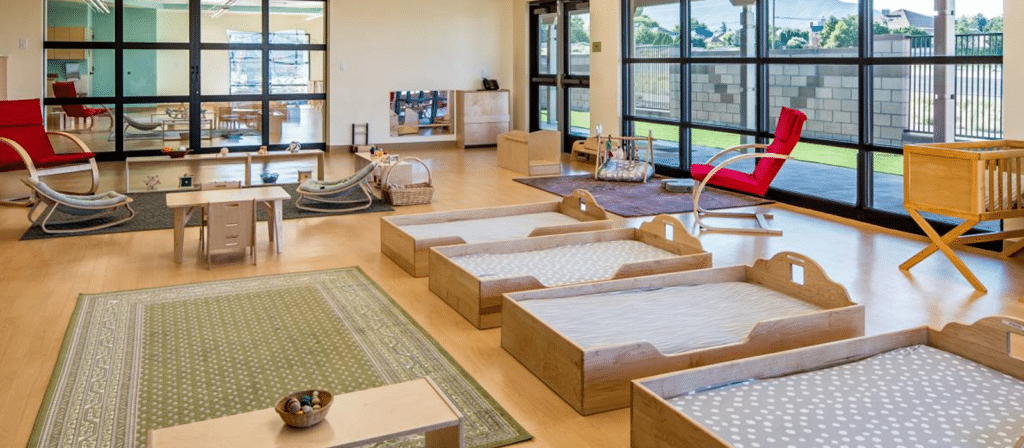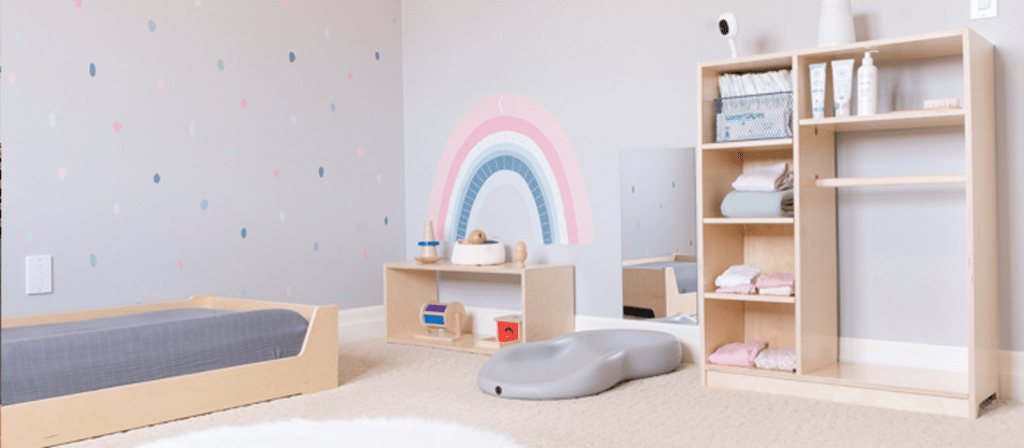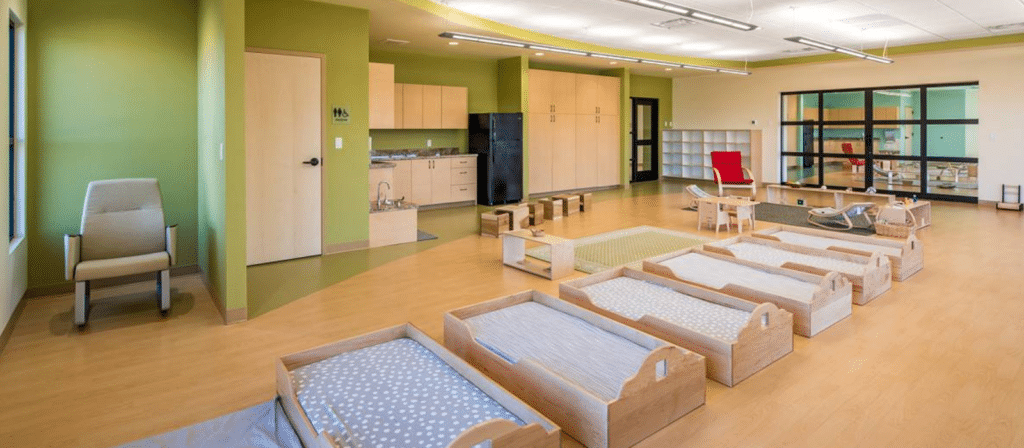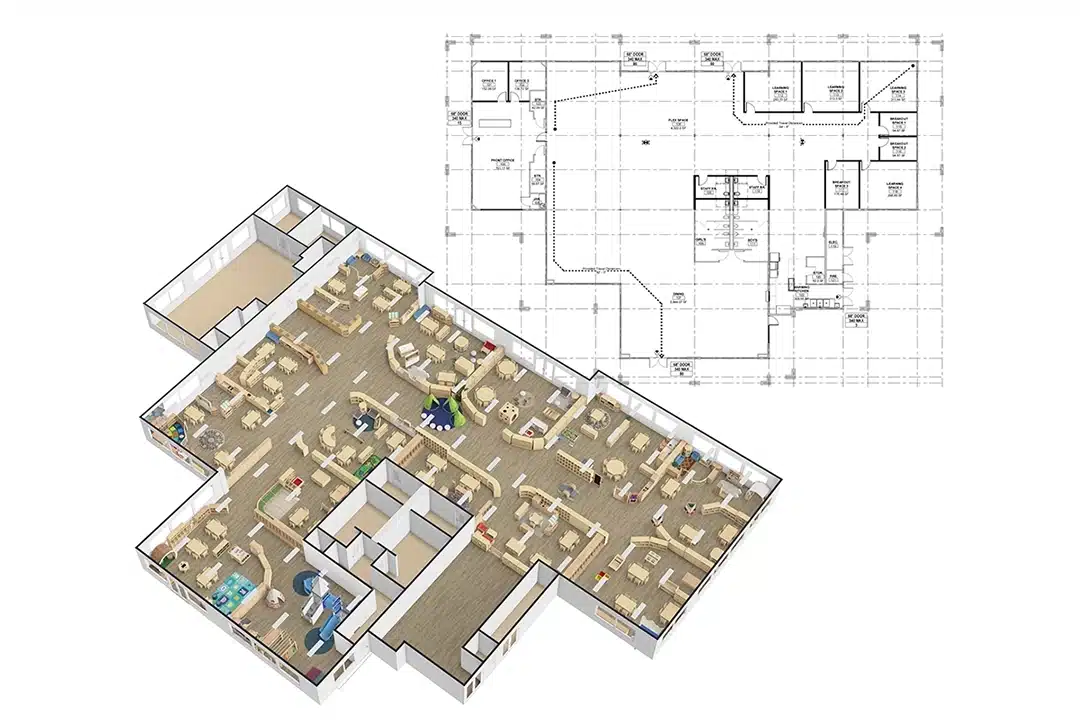As a Montessori educator, I understand the importance of providing a peaceful and comfortable environment for children to rest in. A nap area is a crucial part of any Montessori classroom, and it should be designed to promote relaxation and tranquility. In this blog post, I will share some tips and strategies for creating a calming and inviting Montessori nap area.
What makes a good Montessori nap area?
A good Montessori nap area should be designed to meet the needs of children at different developmental stages. It should be a safe and comfortable space where children can rest, relax, and recharge. Here are some key elements that make a good Montessori nap area:
Soft lighting:
Soft or dim lighting can help create a calming atmosphere in the nap area. It is also important to ensure that the lighting is not too bright, as it can disturb children’s sleep.
Soothing colors:
The colors in the nap area should be soothing and calming, such as light blue, green, or lavender. These colors can help create a peaceful environment that promotes relaxation.
Comfortable bedding:
Children should have comfortable bedding to sleep on, such as a floor bed or a cot. It is important to ensure that the bedding is clean and hygienic.
Quiet atmosphere:
The nap area should be located in a quiet part of the classroom, away from noisy activities. This can help children fall asleep more easily and stay asleep longer.
Proper ventilation:
The nap area should have good ventilation to ensure that the air is fresh and clean. This can help prevent the spread of germs and promote good health.
Safety measures:
The nap area should be designed with safety in mind. It is important to ensure that there are no hazards or obstacles that could cause injury to children.

How to create a calming and inviting Montessori nap area?
Now that we know what makes a good Montessori nap area, let’s look at some strategies for creating a calming and inviting space for children to rest in.
- Choose the right location
The first step in creating a Montessori nap area is to choose the right location. It should be located in a quiet part of the classroom, away from noisy activities. It is also important to ensure that the area is well-ventilated and has good natural light. If possible, choose a location that is away from external noises and distractions, such as traffic or construction. - Use soft lighting
As mentioned earlier, soft or dim lighting can help create a calming atmosphere in the nap area. You can use natural light or install soft lighting fixtures to create a cozy and inviting space. Avoid using bright or harsh lighting, as it can disturb children’s sleep. - Choose soothing colors
The colors in the nap area can have a significant impact on children’s mood and behavior. Choose soothing colors, such as light blue, green, or lavender, to create a peaceful environment that promotes relaxation. You can also use wall decals or murals to add visual interest and create a calming atmosphere. - Provide comfortable bedding
Children should have comfortable bedding to sleep on, such as a floor bed or a cot. It is important to ensure that the bedding is clean and hygienic. You can use soft, cozy blankets and pillows to create a comfortable and inviting space. - Create a visual barrier
Creating a visual barrier can help children feel more secure and relaxed in the nap area. You can use curtains, screens, or dividers to create a separate space for sleeping. This can also help block out external distractions and create a cozy, private space for children to rest. - Use calming scents
Certain scents, such as lavender or chamomile, are known for their calming properties. You can use essential oils or natural room sprays to create a soothing and relaxing environment in the nap area. Be sure to choose scents that are safe for children and avoid using synthetic fragrances. - Play soft music
Soft, calming music can help create a peaceful atmosphere in the nap area. You can play gentle lullabies or instrumental music to help children relax and fall asleep. Avoid playing music that is too loud, as it can disturb children’s sleep.
More Tips for a Successful Nap Time
Establish a Nap Routine:
Establishing a consistent nap routine can help children prepare for sleep. This can include reading a story, singing a song, or practicing relaxation techniques.
Use Essential Oils:
Essential oils such as lavender and chamomile can help promote relaxation and calm. Consider using a diffuser or spray to create a soothing atmosphere.
Create a Comfortable Sleeping Position:
Encourage children to sleep on their backs or sides with a pillow for support. This can help promote healthy sleep habits and prevent discomfort.
Provide a Snack:
A small snack such as a piece of fruit or cheese can help children feel full and satisfied before nap time.
Set Clear Expectations:
Set clear expectations for nap time behavior and enforce them consistently. This can help children feel secure and confident in their routine.

Creating a calming and inviting Montessori nap area can help promote restful sleep and support children’s overall health and well-being. By using soft lighting, natural materials, and comfortable bedding, you can create a peaceful and relaxing environment for children to sleep. Remember to establish a consistent nap routine and set clear expectations for behavior to ensure a successful nap time. With these tips and techniques, you can create a nurturing and supportive nap area that will help your students thrive.














